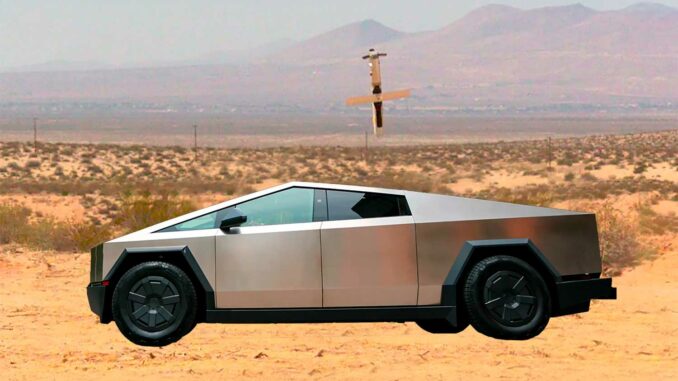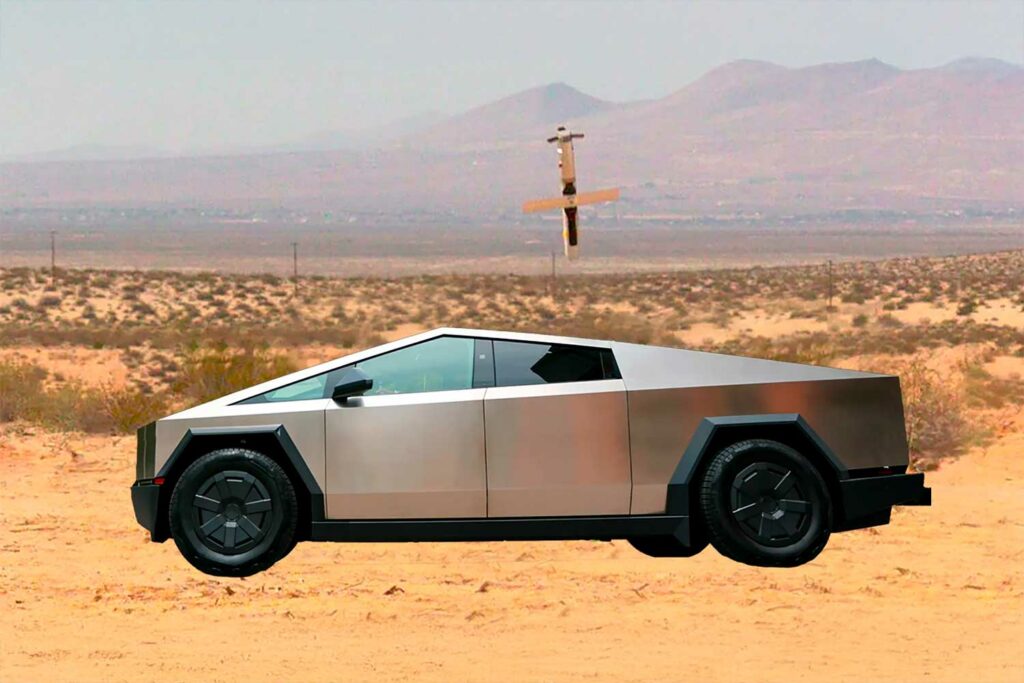
The US Air Force will acquire Tesla Cybertrucks to serve as targets in precision-guided missile tests at the White Sands Missile Range.
The US Air Force has issued a request to purchase two Tesla Cybertrucks. The goal is to use them as live targets for precision-guided missiles. The Air Force Test Center (AFTC) plans to transfer them to the White Sands Missile Range in New Mexico. The rationale behind this decision is the possibility that future enemies may adopt this vehicle. Its angular design and unpainted stainless steel shell offer exceptional impact resistance. A February 2025 study highlights the effectiveness of this structure and its 48V electrical architecture, which is considered superior to conventional steel or aluminum bodies. The document specifies that the expected wear and tear of a missile is not that observed on this model. The use will simulate realistic scenarios in order to adapt training to possible enemy equipment.
The specific operational need
The request to add Cybertrucks is among 33 target vehicles for ammunition testing for the SOPGM program (Stand-Off Precision Guided Munitions), led by US Special Operations Command (SOCOM). These include the AGM-114 Hellfire missile, the AGM-176 Griffin, the Small Glide Munition GBU-69/B, and the Laser Small Diameter Bomb GBU-39B/B. These systems are used to neutralize threats from a distance with high precision. The other vehicles expected on site are not specified by brand: sedans, pickup trucks, and standard utility vehicles. The Cybertrucks simply need to be able to be towed without a motor. The selection reflects a pragmatic approach, focused on ensuring that the tests accurately reflect what the military might encounter.

Technical reasons for the choice
The purchase file cited specifies that no other vehicle on the market combines futuristic design, robust unpainted stainless steel body, the same 48V electrical architecture, and similar structural performance. This profile is considered useful for representing a potential threat in future conflicts, where adversaries could use modified or armed Cybertrucks. The format chosen allows for testing the reaction of guided munitions in a realistic environment—vehicle robustness, impact force absorption, fragmentation. Training in conditions close to reality aims to prepare units for realistic Euro conditions.
Anticipating the future
The idea that hostile forces could adopt a Cybertruck may seem unlikely in the short term. But this exercise underscores preparedness for any eventuality: rugged vehicles, stainless steel construction, advanced electric technology. The choice of this target illustrates a forward-thinking effort that is far from clichés. It avoids purely theoretical tests. In addition, the use of Cybertrucks underscores a desire to update defense protocols faster than civilian trends. It is a clear strategy: do not be caught off guard by innovations that disrupt the landscape of land engagements. Pragmatism prevails over aesthetics.
War Wings Daily is an independant magazine.